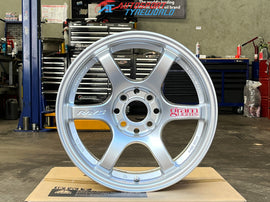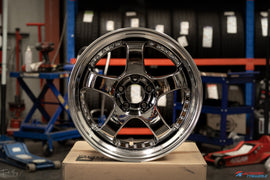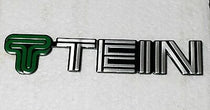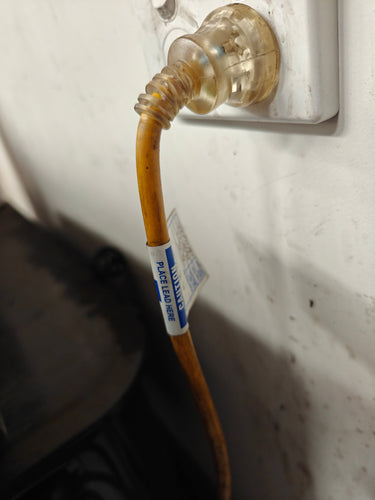Hazards/risks
Electrical equipment that is not properly earthed or maintained can lead to electric shock, serious burns or even death.
Safety Solutions
1. Substitute electrical with compressed air-operated equipment (no need for electrical testing).
2. Substitute electrical with extra-low voltage equipment (e.g. 24 volt hand-held angle grinder).
3. Ensure all AC power circuits are protected with appropriately rated fuses or circuit breakers.
4. Arrange electrical leads so they are not easily damaged, and do not run across floors and doorways or over sharp edges.
5. Only use leads and tools designed for wet or damp conditions when they must be used in those circumstances.
6. Ensure powerboards used for portable equipment are RCD protected.
7. If any current protective device (RCD or circuit breaker) is triggered, do not re-energise the system until the reason has been identified by a competent person.
8. Regularly conduct visual inspections and testing of electrical equipment, including RCDs (the nature and frequency will vary depending on the electrical risks).
9. Maintain all electrical equipment in accordance with the WHS Regulations and keep log book records of all inspections, servicing and maintenance.
10. Earth containers accordingly when solvents are being decanted, to control static electricity.
11. Disconnect, or isolate, and label accordingly any equipment identified as unsafe, and ensure it is not reconnected until it has been repaired and tested.
Further information
Code of Practice: Managing Electrical Risks in the
Workplace
safework.sa.gov.au/cop
SafeWork SA Safety Alert – Isolation procedures
safework.sa.gov.au
Australian Standard AS/NZS 3760: In-service safety
inspection and testing of electrical equipment
















